Winter water for cattle can be a challenge in cold weather, especially in regions without electricity for running a pump or tank heaters. There are several options including solar power and the frost-free nose pump. George Widdifield, ranch manager at the Western Beef Development Centre’s research ranch at Lanigan, Sask., says their operation utilizes frost-free […] Read more
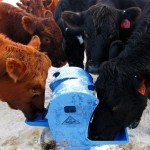
Winter water systems for cattle
Frost-free nose pumps and solar energy help keep water from freezing
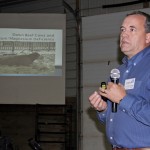
Can twine kill a cow?
Unless the animal is cut open to determine the cause of death, many producers never know what happened
Cattle can die from eating twine or net wrap left on big bales or put through the bale processor. And Dr. John Campbell, head at the Western College of Veterinary Medicine, in Saskatoon thinks it happens more often than we think. “I don’t have a lot of data, unfortunately, but I’m starting to believe this […] Read more
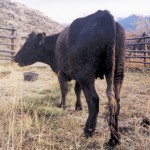
The importance of field diagnosis
Health: The most common reason a treatment fails is due to a wrong diagnosis
If an animal has a health problem, it’s crucial to have the correct diagnosis before attempting treatment. Dr. Chris Clark of the Western College of Veterinary Medicine in Saskatoon says the most common reason that a treatment fails is a wrong diagnosis. “We often complain about disease not responding to treatment. But the drugs we […] Read more
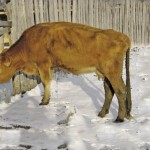
Hunting for Johne’s Disease in Saskatchewan
Johne’s is a sneaky disease you won’t notice until it is already well established in a herd but a group in Saskatchewan Agriculture is attempting to bring it out into the open. The catch is they can’t do it alone. They need help. Wendy Wilkins, DVM, PhD, with Saskatchewan Agriculture, says the Provincial Johne’s Screening […] Read more
Expect decreased production
Project reveals the devastation of Johne's disease to a herd
Dr. Steve Hendrick of the Western College of Veterinary Medicine says the massive U.S. National Johne’s Disease Demonstration Herd Project has shown how devastating Johne’s can be to a herd. There was a considerable loss in adjusted weaning weight in calves coming from dams that were positive for Johne’s,” he says. Data for the 205-day […] Read more
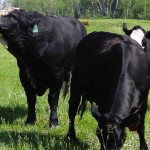
Assessing risks for venereal disease in cattle
There are several sexually transmitted diseases in cattle that can be costly if they sneak into your herd, resulting in reproductive losses, says Dr. Cheryl Waldner, professor of epidemiology at the Western College of Veterinary Medicine in Saskatoon. “Diseases we’ve seen in the last few years that are having an important impact on reproductive performance […] Read more
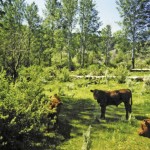
Grazing habits of cattle
Cows can be trained to eat healthy
Young animals learn plant preferences and grazing habits from their dams. If the dams have been trained to eat certain plants in certain locations, they pass this behaviour to offspring. A number of studies have been done on grazing behaviour. Dr. Fred Provenza, professor emeritus at Utah State University, has been observing and researching grazing […] Read more
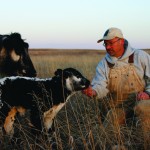
Late Weaning
One of the highest input costs when raising cattle is winter feeding. Some ranchers are shaving winter feed costs and labour by wintering their summer-born calves with the cows and not weaning the calves until spring. Dr. Joseph Stookey, a professor of animal behaviour at the Western College of Veterinary Medicine in Saskatoon, has a […] Read more
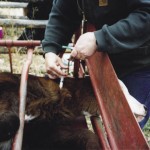
Calfhood Vaccinations
Newborn calves gain temporary (passive) immunity against disease when they ingest colostrum from the dam — since this “first milk” contains maternal antibodies. After a few weeks or months this temporary protection begins to wane, however, and calves must build their own immunities. Vaccinating calves at the proper time can help protect them until weaning. […] Read more
Use grazing behaviour to manage pastures
Cattle have certain preferences in forage plants and some definite behavioural patterns when grazing. Dr. Bart Lardner, a research scientist at the Western Beef Development Centre and adjunct professor in the department of animal and poultry science, University of Saskatchewan says ranchers need to be aware of grazing behaviour and use this knowledge to help […] Read more


